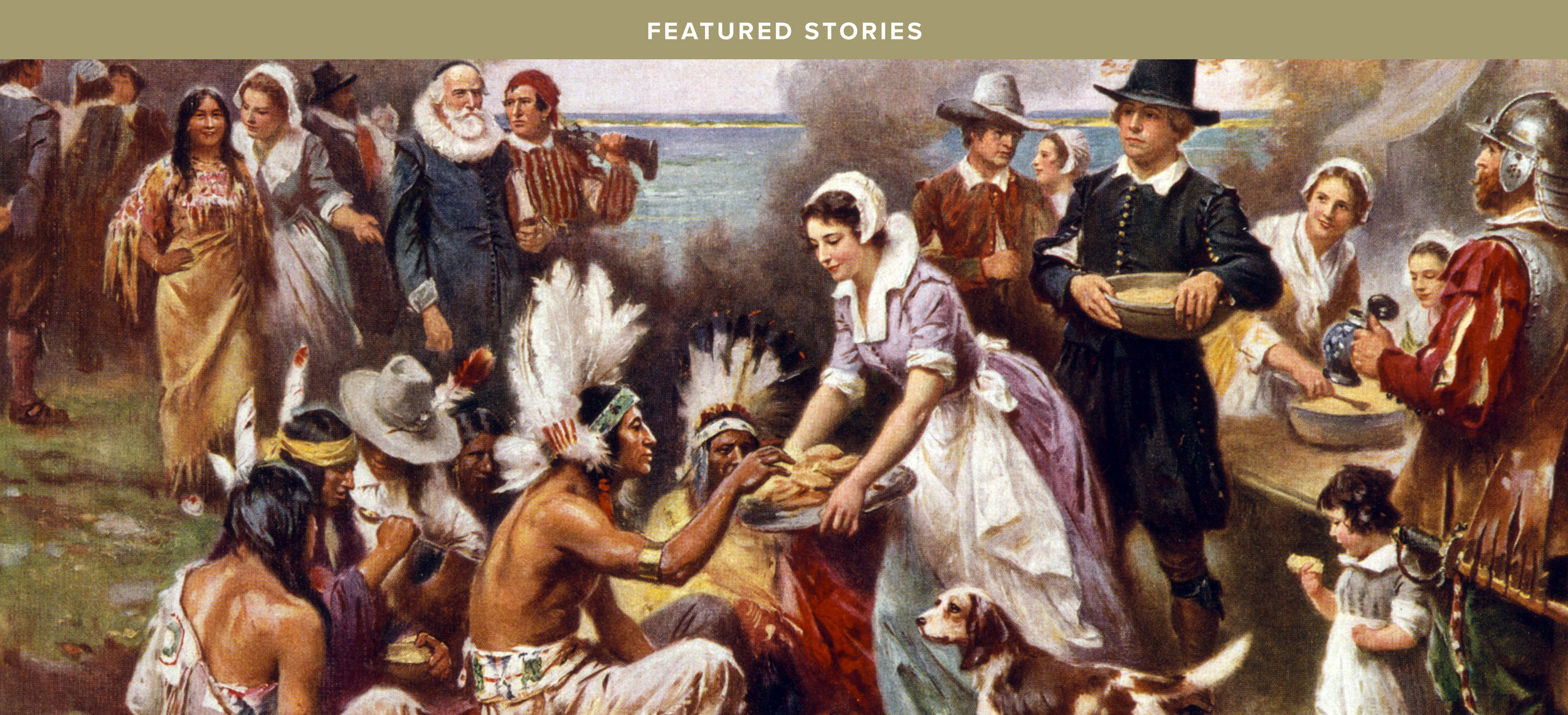A New Light on a Tragic Tale in American History
On December 26, 1862, the largest mass execution in the history of the United States took place in Mankato, Minnesota. 38 Sioux were hanged for brutally murdering white settlers during the Dakota Sioux Uprising earlier that year. The Sioux had killed almost 800 settlers in an attempt to drive the rest of them out of the Minnesota territory. While controversy continues to swirl around both the causes of the uprising and the subsequent events, there is one episode in the story that most historical accounts have completely neglected: On the day before the hanging, 33 of the 38 men who were to be executed were received into the Roman Catholic Church. The priest who baptized them was Msgr. Augustin Ravoux.
This remarkable priest, who was born in France in 1815, found himself assigned to Mendota in the Minnesota Territory in 1842. The few Catholics to whom he ministered were spread along the Mississippi and St. Croix rivers. They were a mixture of settlers and soldiers and Natives, who spoke English, French, Sioux and Chippewa.
In his memoir, which has been out of print for 130 years, he describes his life as a frontier priest with rich understatement: “Though ever pleased with the mission entrusted to my care by Divine Providence, the path I had to walk in was not always strewn with flowers.” Msgr. Ravoux faced difficulties we cannot imagine. There were no developed roads, and he nearly drowned in the Mississippi on a trip to Dubuque, and, on the other hand, nearly died of thirst crossing the prairies to Ft. Pierre. In the early years, the Chippewa and the Sioux were at war with each other, and Msgr. Ravoux had to find a way to minister to both tribes without alienating the other. He witnessed firsthand the horrific tortures that the Sioux inflicted on their own people as part of their native religious practices, including a few instances of human sacrifice, and worked hard to convince them that these practices were truly evil,. The Sioux for the most part were not very responsive to his missionary efforts.
On the other hand, some things he talks about sound very familiar: teaching and defending the Catholic faith among “atheists, infidels, Protestants, and bad Catholics.” His arguments about faith and reason, the Catholic foundation of Scripture, the intercessory powers of Mary and the saints sound no different from those we use today. Truth does not change; it is only forgotten from one generation to the next.
The most fascinating episode in his book, however, is an account of that infamous historical event from his unique insider's perspective.
When the Sioux were given their death sentence, the colonel at the prison told them to choose the spiritual adviser they thought fit. They could follow their own native rituals in preparing for death, or seek out the two Protestant ministers who were present or the one Catholic priest, Father Ravoux. The two Protestant ministers knew the Sioux language perfectly, having ministered among them steadily for 25 years, whereas Msgr. Ravoux had not devoted any missionary effort to the Sioux for the last 18 years, never having experienced any notable success. Since there were so few priests in the area, he had spent all of his recent years serving the Catholic settlers.
To his and everyone else’s surprise, all but five of the condemned men chose the “black robe” (as Catholic priests were known). Msgr. Ravoux then spent the next four days with them instructing them in the essentials of the Catholic faith: creation, the Fall, the Trinity, the Incarnation, the redemption of the world through the Cross, Heaven, Hell, Death, Judgment. They learned the sign of the Cross, the Apostle’s Creed, the Our Father, the Hail Mary, the Act of Contrition. “The piety with which they followed these exercises filled my heart with consolation,” writes Msgr. Ravoux. “I can say without hesitation that divine grace overflowed their souls; for it alone could have wrought such a change.” This pioneer priest, who had experienced much death and suffering and hardship in his time, was no soft touch, but he was deeply moved by the transformation he witnessed in these men. It was all he could do to maintain his composure when he ministered to them; but when he was alone “the tears flowed abundantly” from his eyes.
Three of the Sioux had chosen to be baptized as Presbyterians, and only two retained their native beliefs. The newly baptized Catholics spent their last night on earth sleeping peacefully. The others paced the floor in nervous agony till dawn. In the morning, Msgr. Ravoux spent a final hour of prayer with the 33 new Catholics (whom he also called his “little flock”), then he watched them mount the scaffold without any sign of fear, “without a murmur of resistance…animated with great hope for the future.”
Interestingly enough, the tragic event opened a door for Msgr. Ravoux that had previously been closed. It turned out that the condemned Sioux had gotten the word out to their friends and relatives to follow their example and embrace “the religion of the black robe.” A year after the execution, some 300 Sioux families were encamped in Mendota around Ft. Snelling. Father Ravoux was welcomed into the encampment, and over 200 individuals were baptized.
When racial and cultural clashes are debated, the conclusions are seldom very satisfying because the eternal issues are not discussed, or are dismissed, while the temporal matters—and tempers—rage without resolve. But what really matters?







